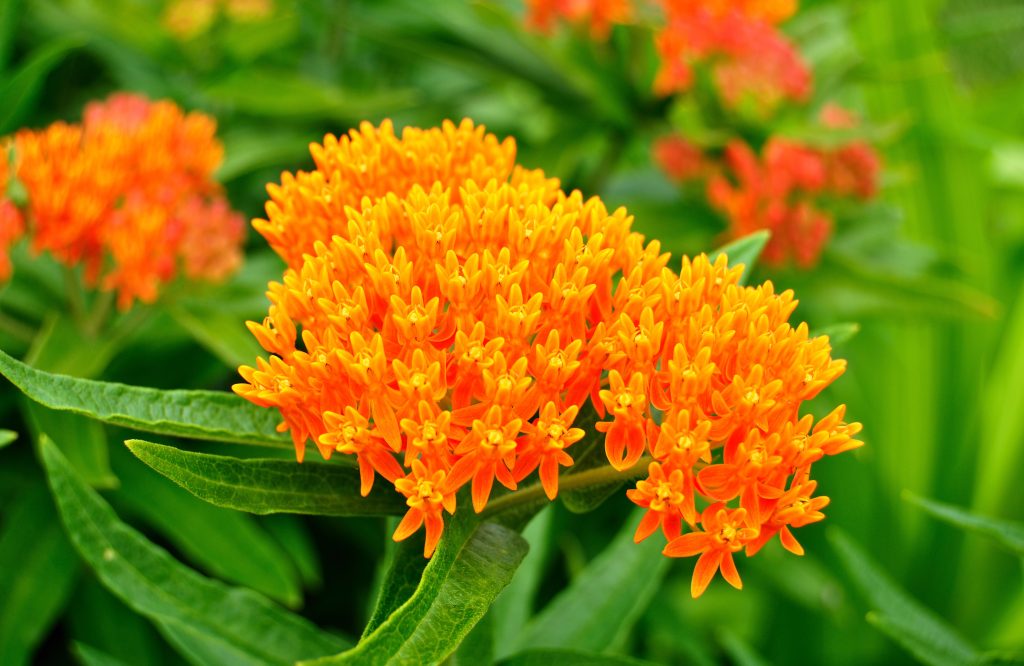As the summer marches on, many of us are wondering how we are going to keep our lawns healthy. Your lawn has certainly been exposed to significant amounts of heat throughout the season and while we know plants need sunlight to sustain and thrive, the excessive sunlight during the summer months can leave your grass looking unhealthy. One sign of this is your lawn losing its color, no longer being the vibrant green you desire it to be. As such, it is important to be aware of good garden maintenance practices to ensure your lawn looks flawless going into the fall season. The experts at Giovine Landscaping have compiled the perfect guide for all those looking to prevent deteriorating lawn health or bring it back to a nourished state. Keep reading for tips on how to keep your lawn healthy in the summer heat.
What Causes a Discolored Lawn?
There are several reasons why your lawn can take on an unhealthy appearance. Apart from the scorching sun, there are factors that homeowners can control that could lead to discolored grass. Watering too lightly or too heavily can stop the roots from being fully saturated, and can eventually impede the health of the plants. Cutting your grass blades too short makes them susceptible to heat stress and drought. This means adjusting your lawnmower to the proper mowing height is paramount. If these lawn maintenance practices are not executed properly, grass becomes vulnerable to diseases and pests (including the pesky spotted lanternfly), only furthering the unhealthy conditions of the plants. Read more about our summer landscaping tips to find out how to do better for your outdoor space.
How Can I Maintain a Green Lawn?
By practicing these efficient lawn-keeping techniques, your lawn can thrive!
Soak Your Grass
During a drought, grass will turn a brown color due to becoming dormant to conserve energy. An effective way to saturate the roots and restore the grass is by soaking your grass deeply. Applying an inch of water a week and watering three or four times throughout, this method of infrequent watering does an excellent job of reviving the grass.
Don’t Use Hot Water
Homeowners using a hose to water their lawns often leave the equipment in the sun. This causes the water inside to heat up, meaning hot water is what reaches the plants when it is next turned on. This can unwantedly burn your grass and cause significant damage.
Aerate Your Lawn
Inserting a garden fork into the ground at one-foot intervals gives your lawn a chance to breathe. This method creates space within the soil for air, nutrients, and water to enter so that they can be absorbed by the grass much easier. Aerating your lawn can result in new and healthier plant growth.
By implementing all the tips listed in the above guide, your outdoor greenery will maintain good health during the tail end of the summer season. Plants are sensitive to environmental pressures, and it is always crucial to be aware of the telltale signs that indicate your lawn needs better maintenance. The techniques mentioned all contribute to keeping your lawn healthy in the heat, and it is always suggested to contact a knowledgeable professional to guarantee your plants are getting the best possible treatment. Contact Giovine Landscaping for any of your landscaping and lawn care needs! Call us today at (724) 316-3064.
